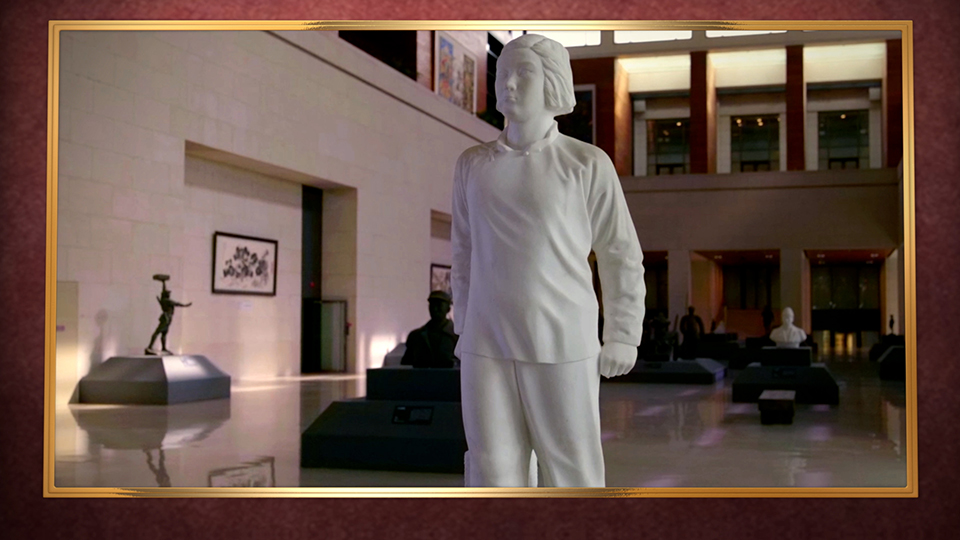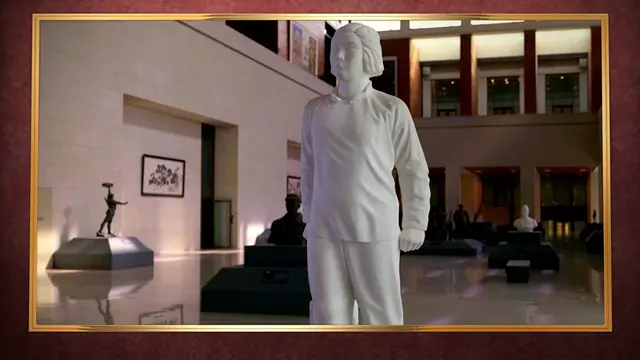02:01

Liu Hulan was born in 1932 to a peasant family in Yunzhouxi village, Shanxi Province, northern China.
After the outbreak of the War of Resistance against Japanese Aggression (1937-1945), between China and Japan, the Communist Revolutionary Army of China merged the Shanxi people into their national salvation movement. They also established a new democratic, anti-Japanese government in Wenshui County.
Liu Hulan played an active role for the new government by protecting her village from invading forces. She was part of the children's regiment that stood guard and sent information to the Eighth Route Army.
In 1946, thousands of enemy troops attacked Shanxi. Liu Hulan's village, Yunzhouxi, became the target of Kuomintang troops (China's Nationalist Party). Liu became the Secretary of the Women's Rescue Association for the Communist Party in Yunzhouxi village.
The Kuomintang troops arrested her for conspiring against them. They tortured and interrogated her for information but Liu would not betray her loyalty to the Communist Party. The troops killed her. She was only 15 years old.
Party chairman Mao Zedong was deeply moved and wrote these words to commemorate Liu's heroic deeds: "The Greatness of Life and The Glory of Death."
In 1951, sculptor Wang Chaowen created a sculpture of Liu Hulan. He portrayed her in the moment before her death to show her unyielding spirit. Liu is hailed as a noble example for Chinese youth by the Communist Party. The sculpture is considered a classic work among the fine arts of new China.
Check out
The China Report
, our new weekly newsletter.Subscribe here!
 简体中文
简体中文

